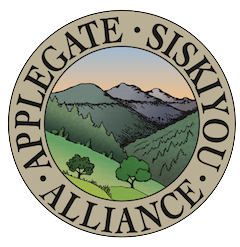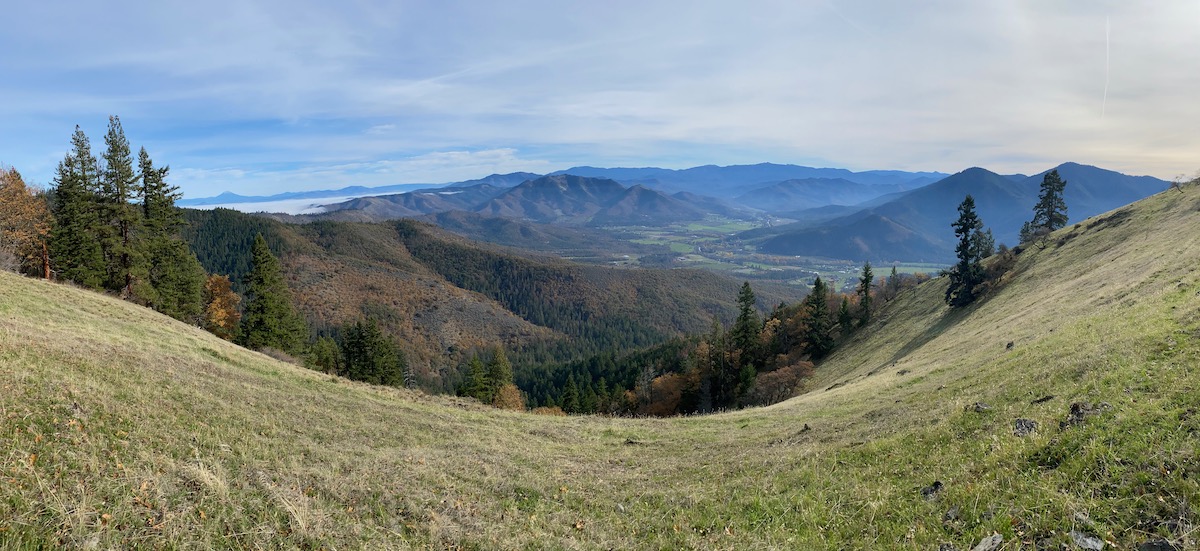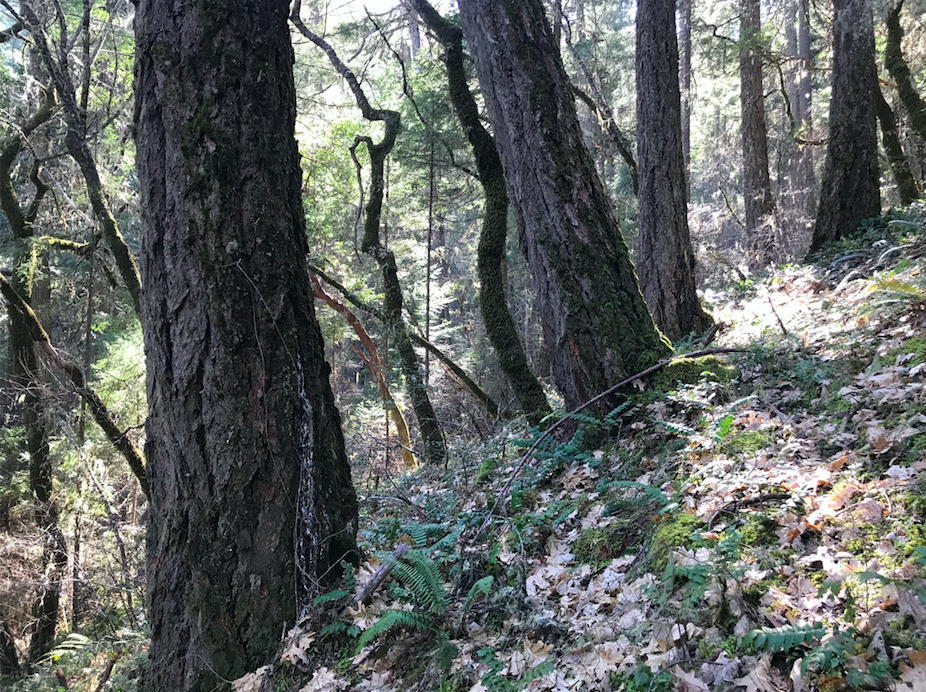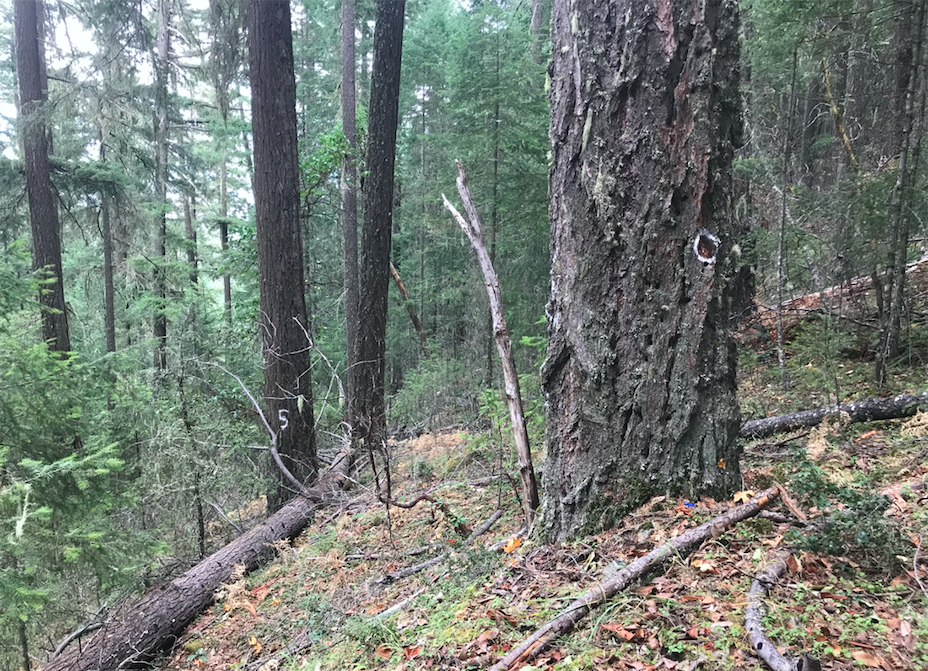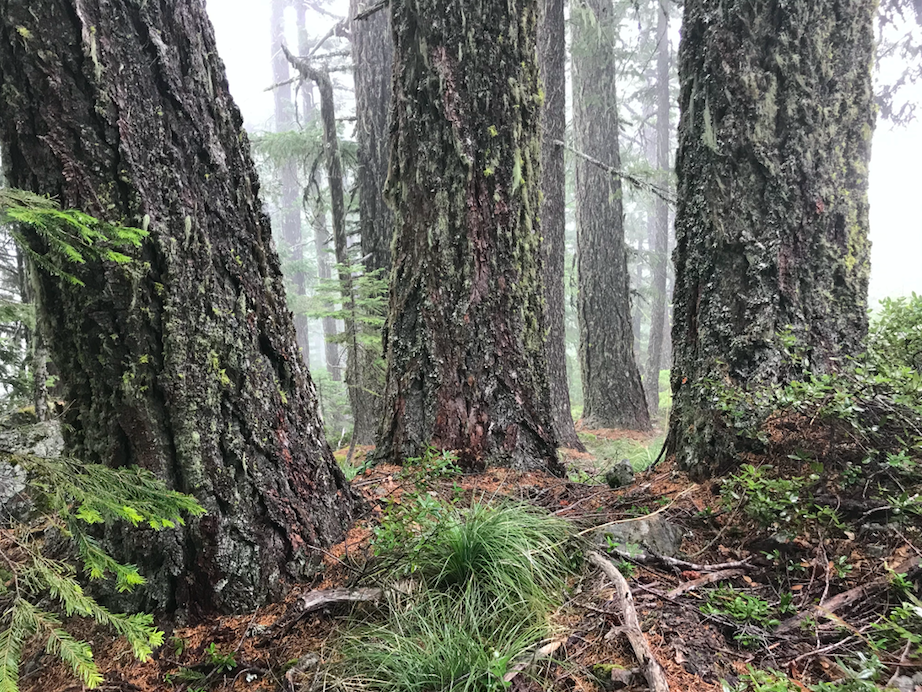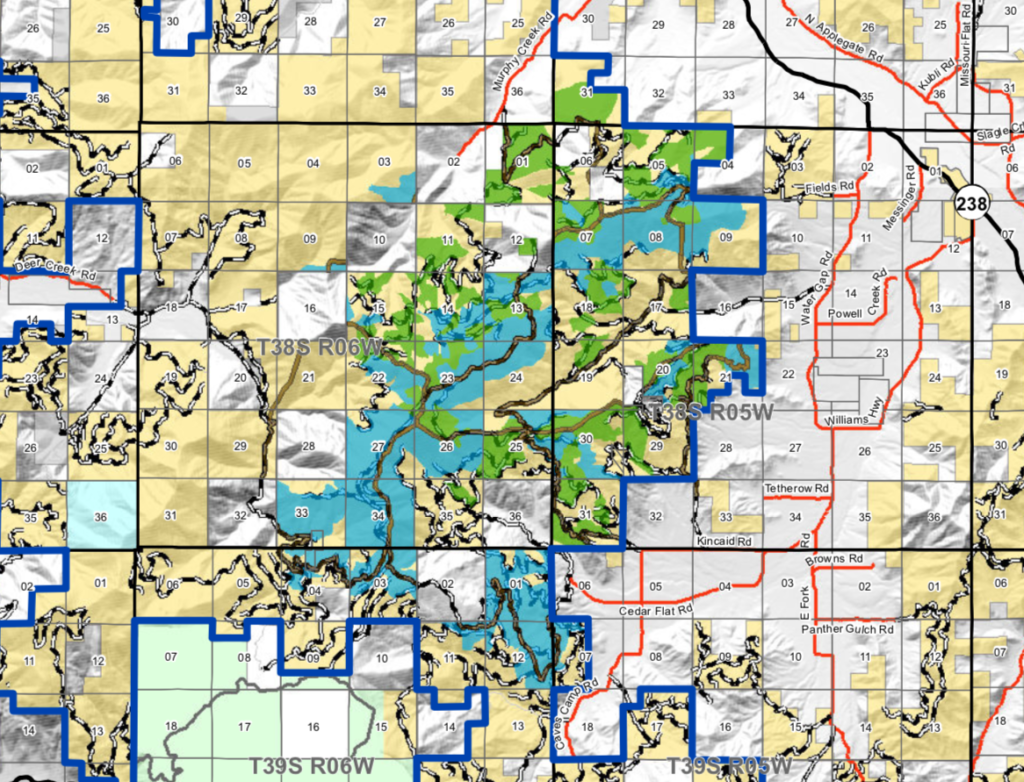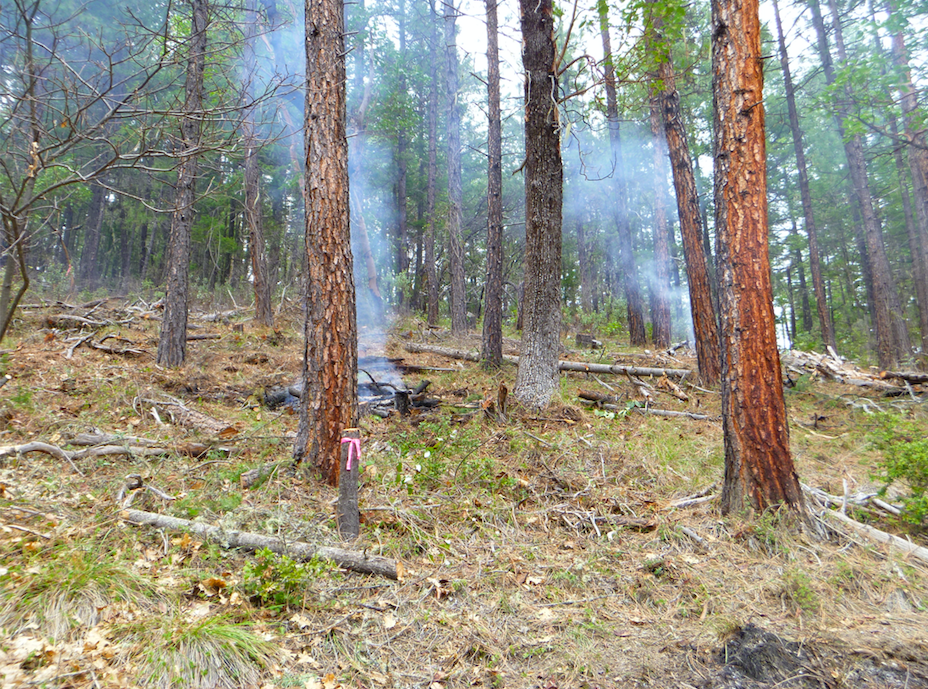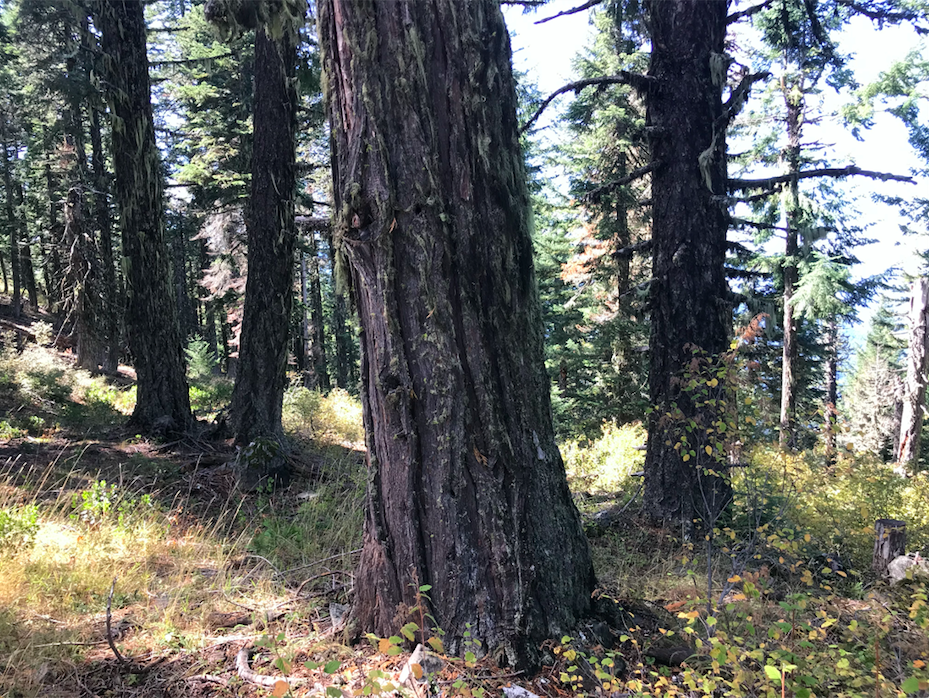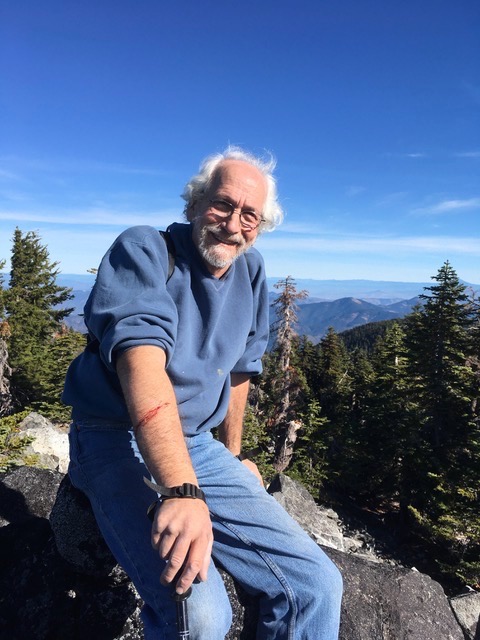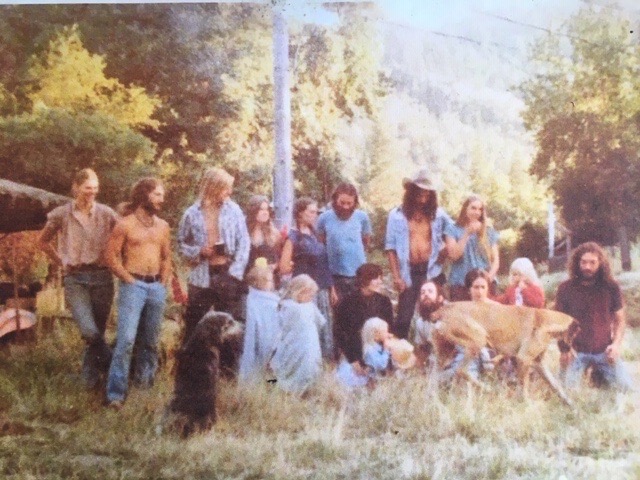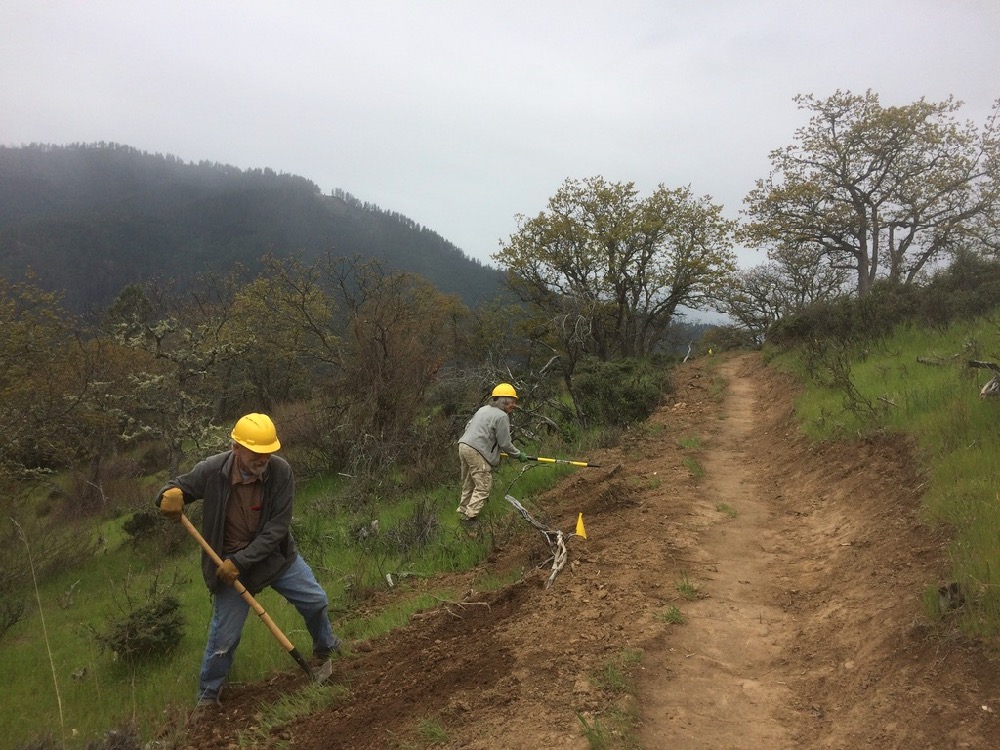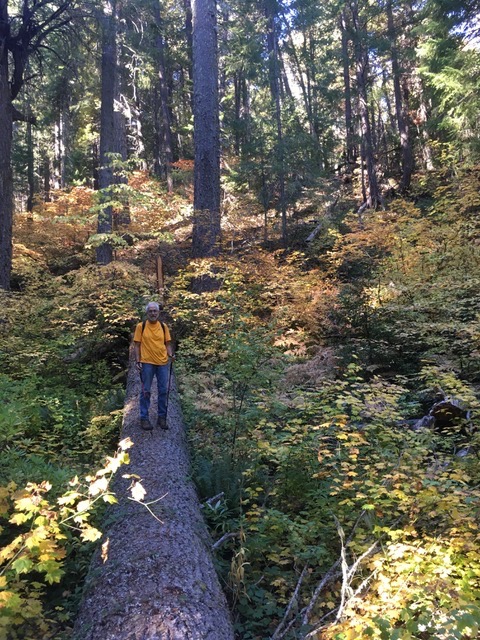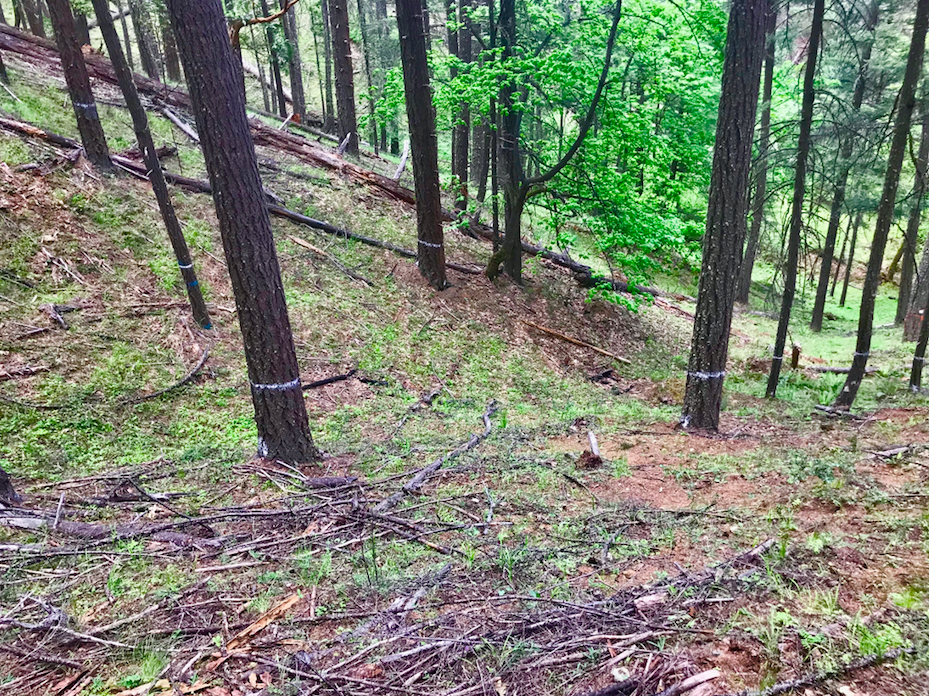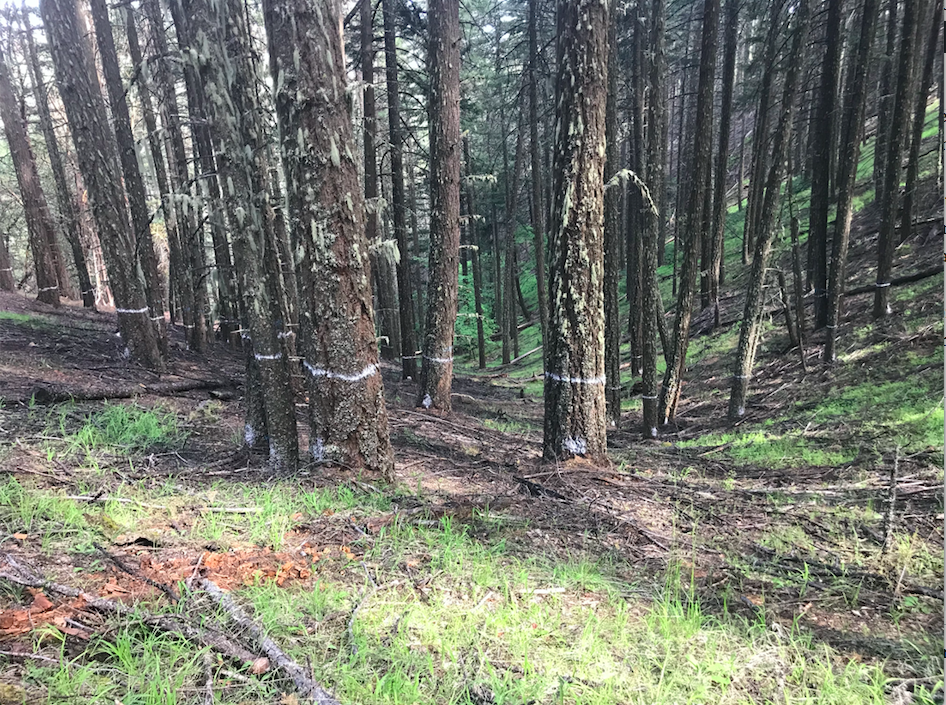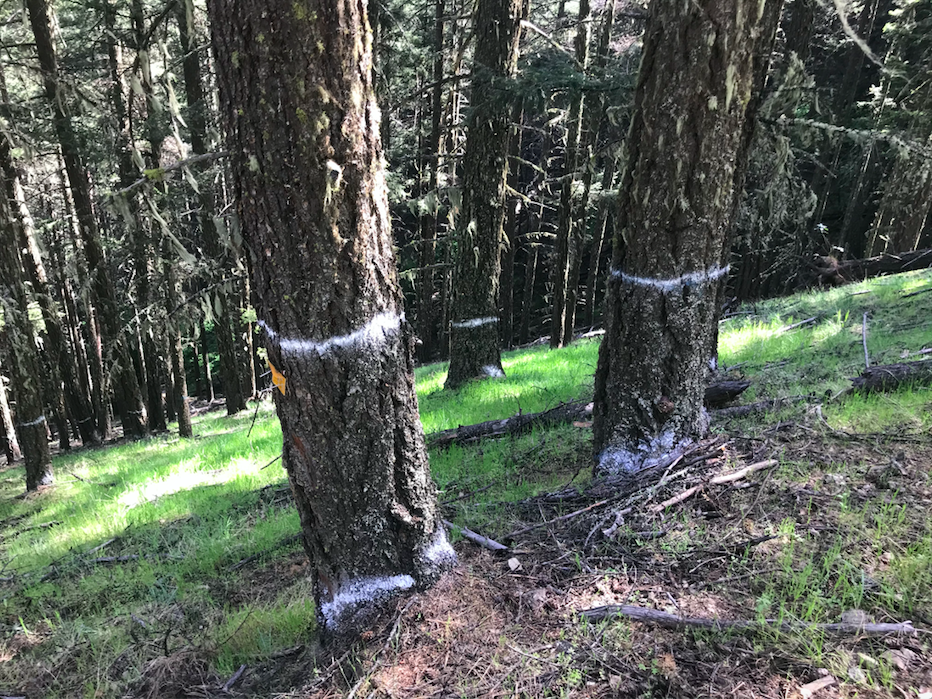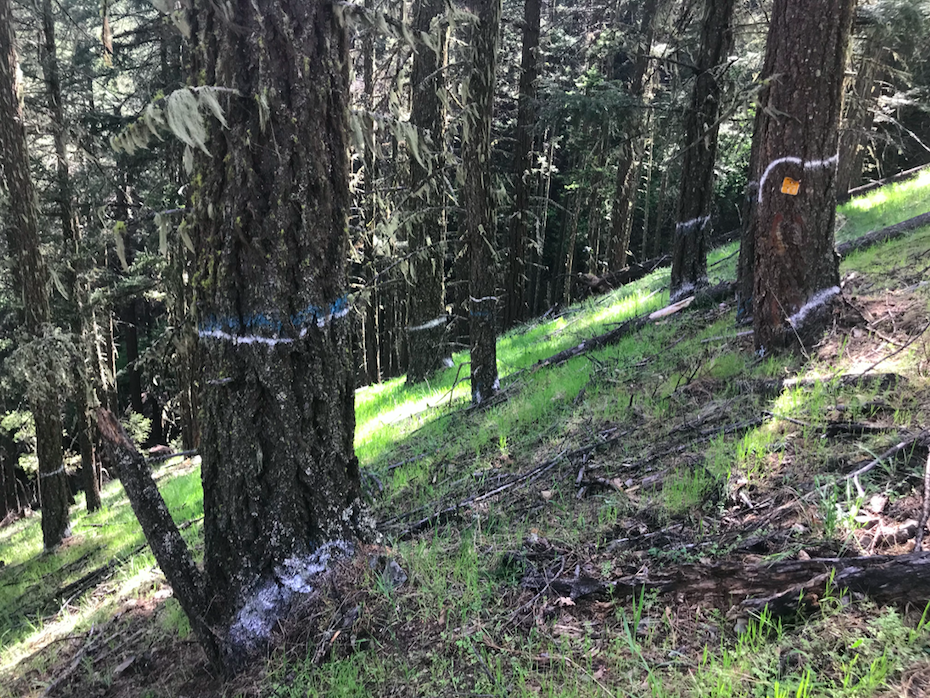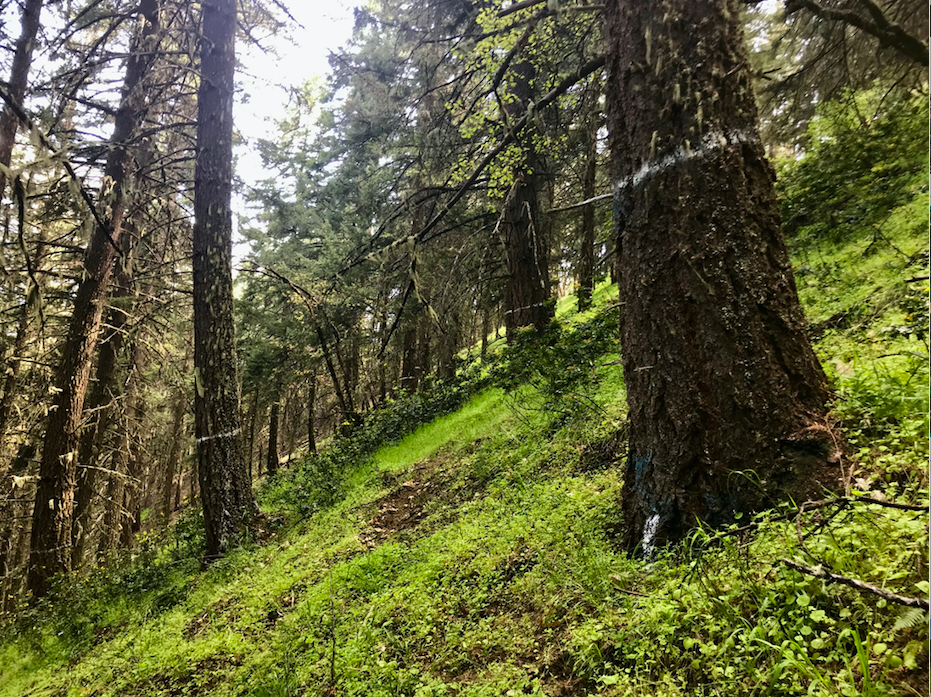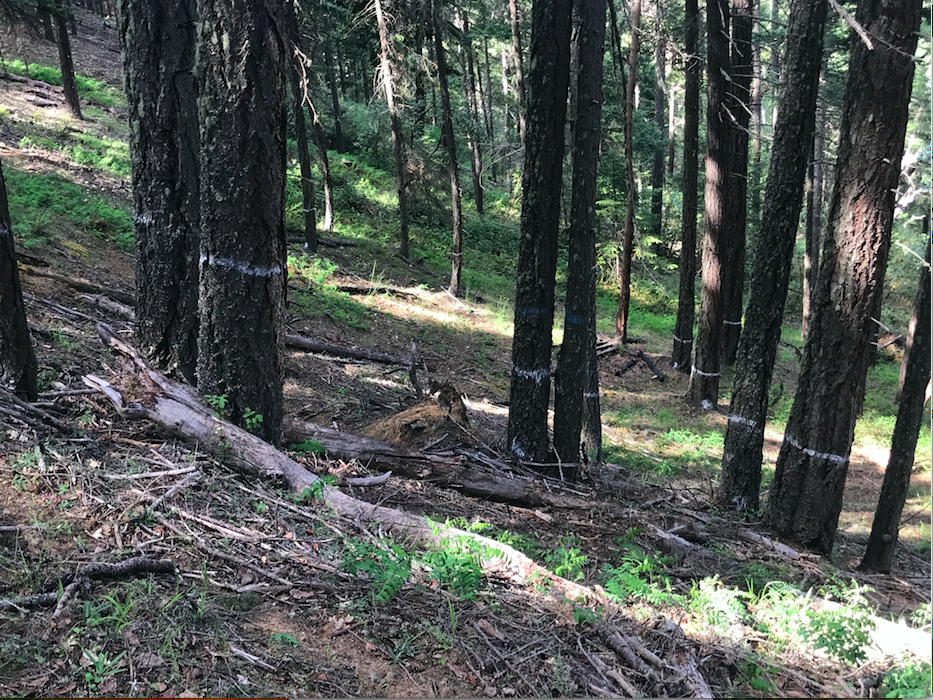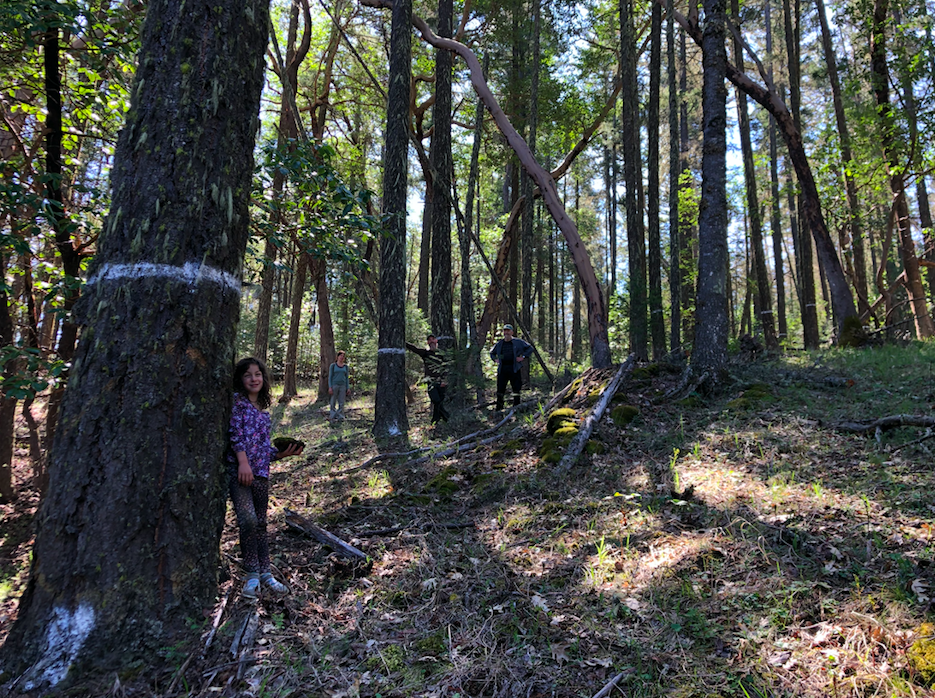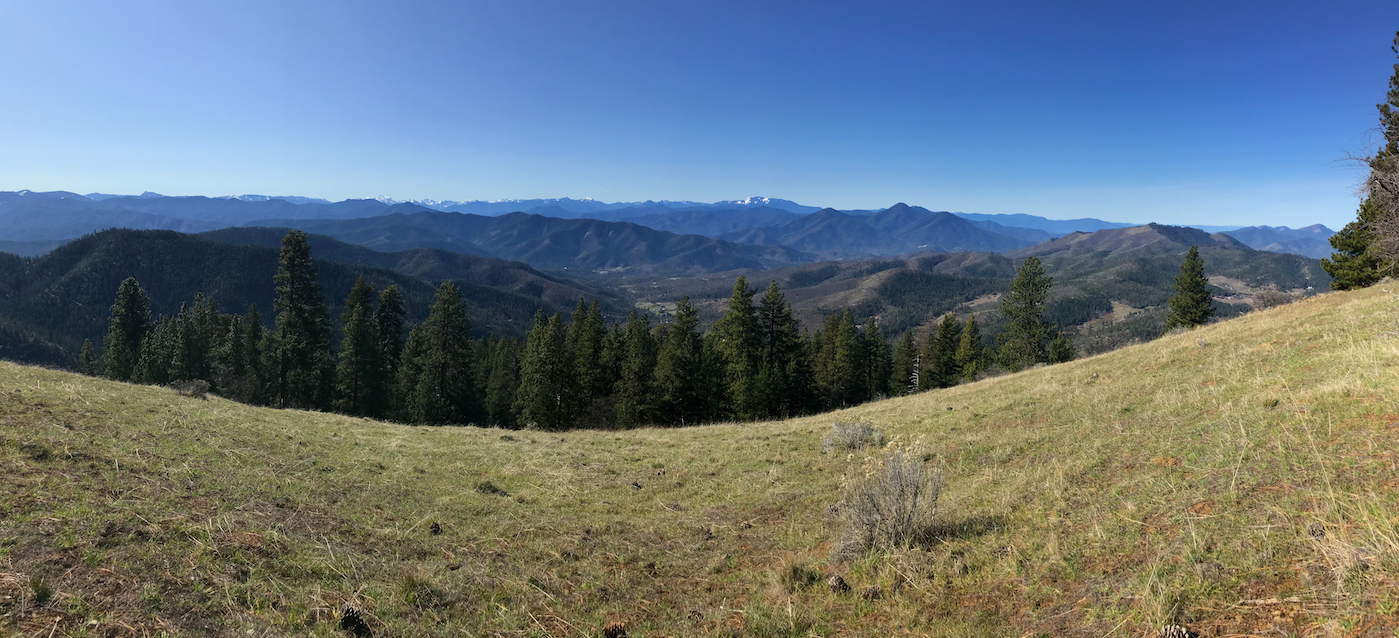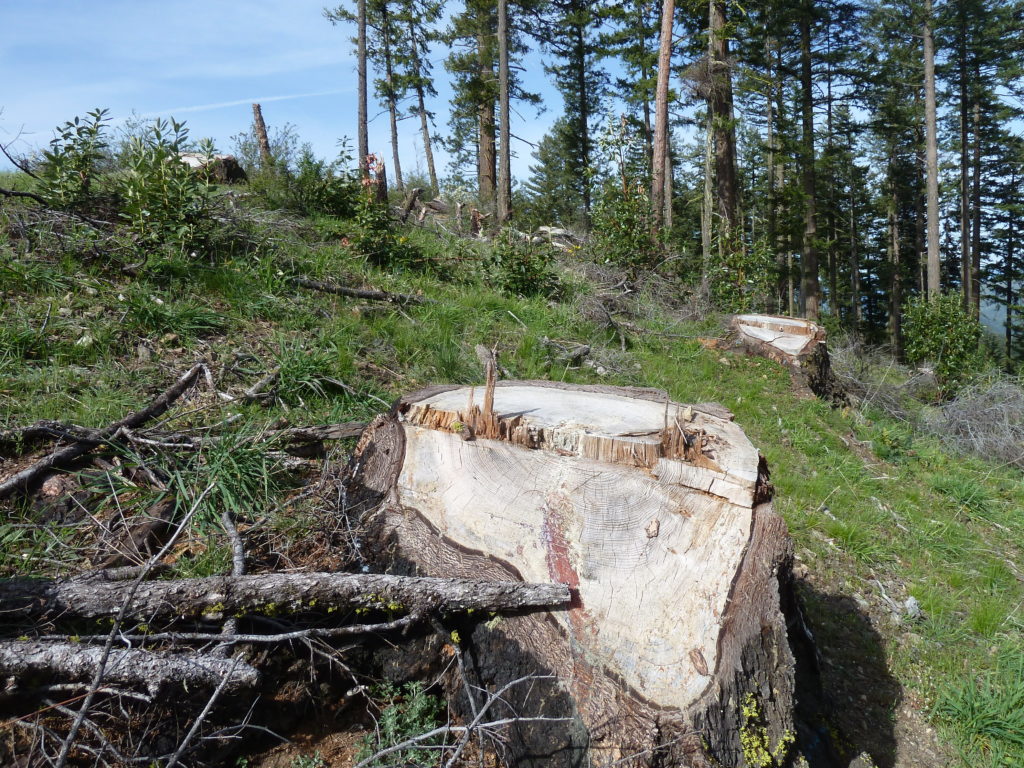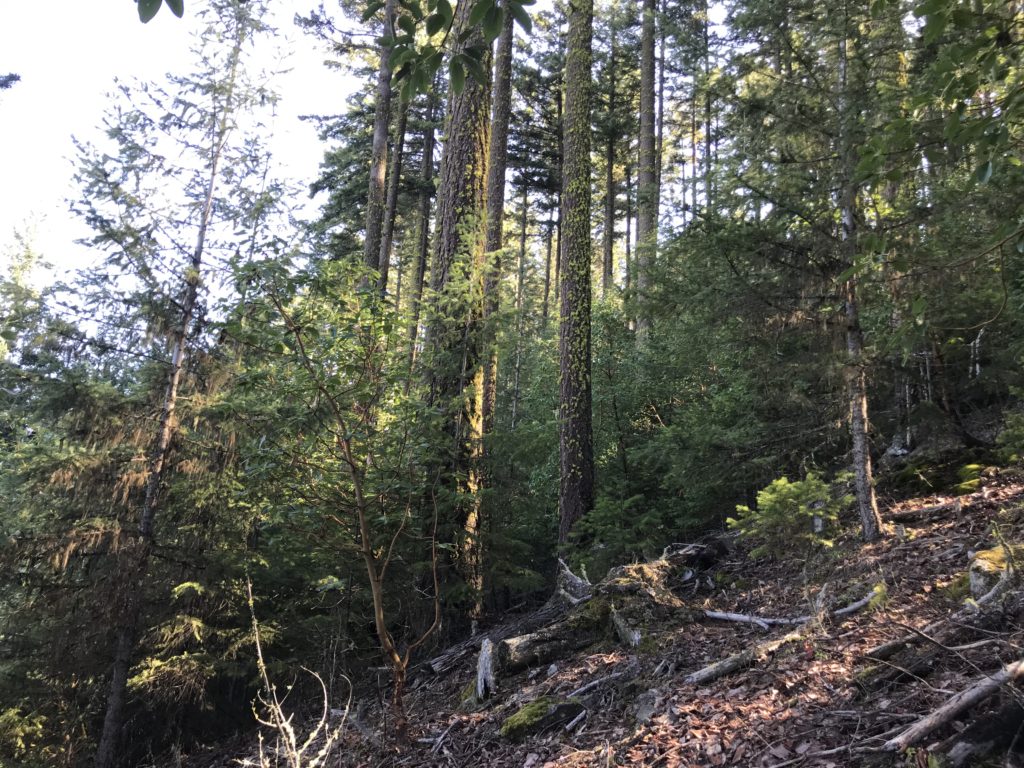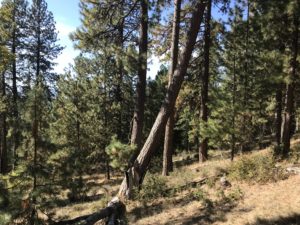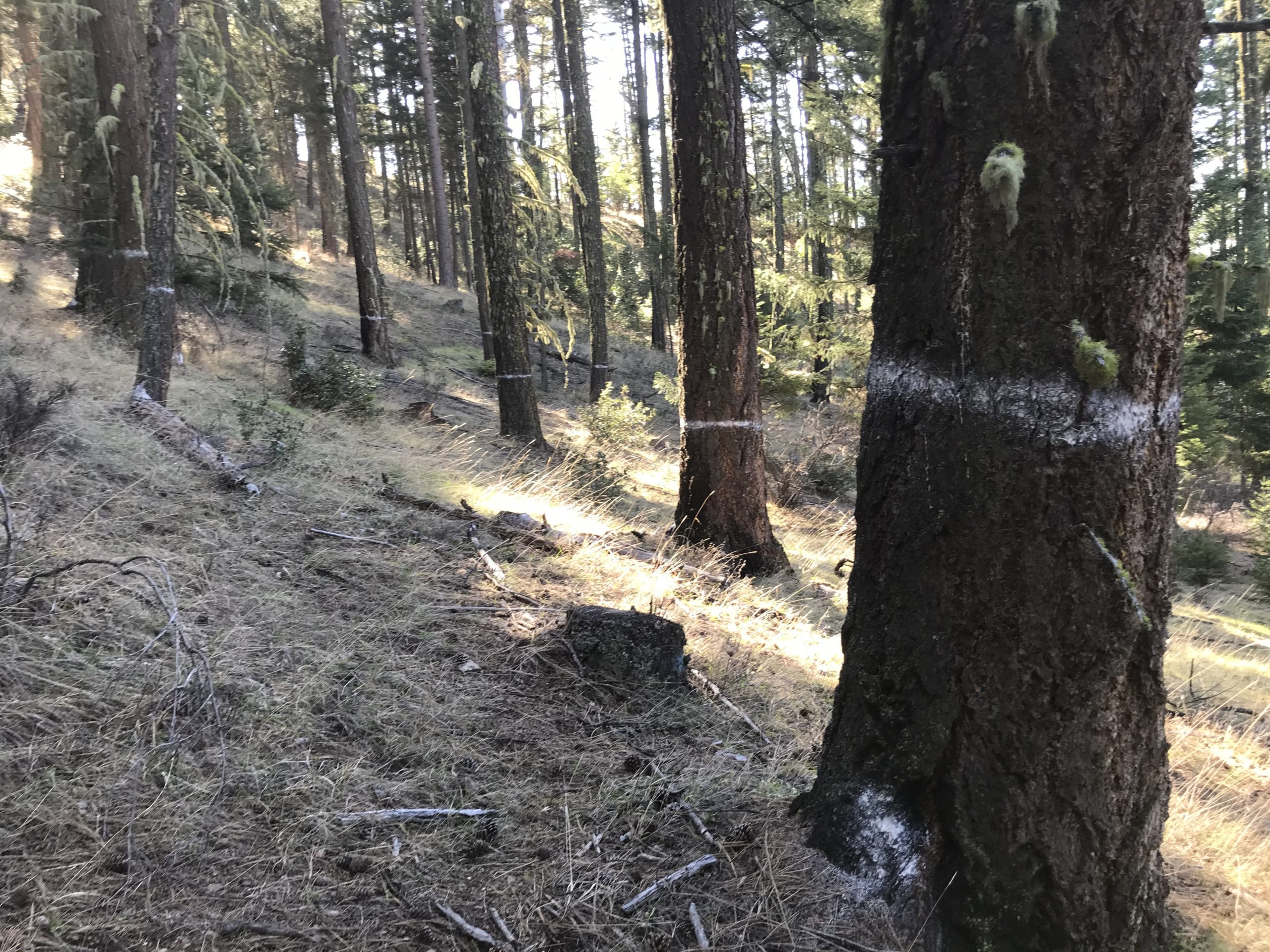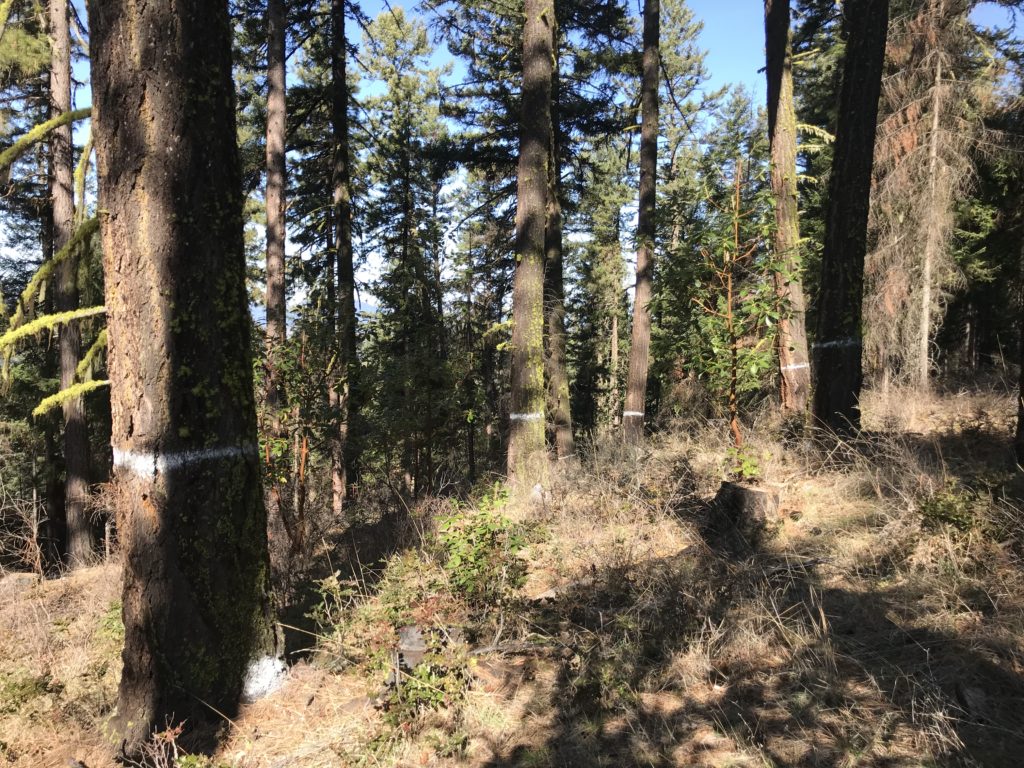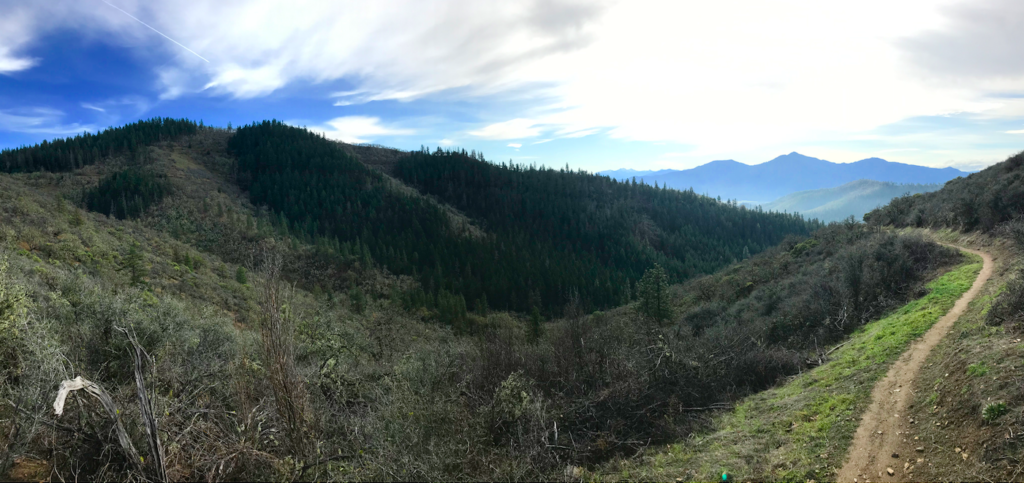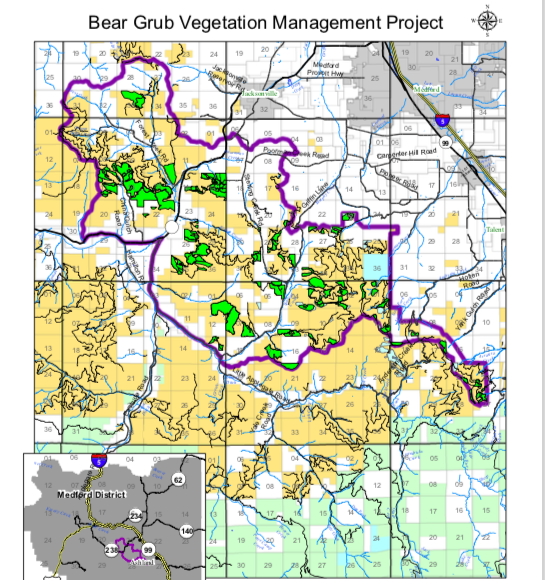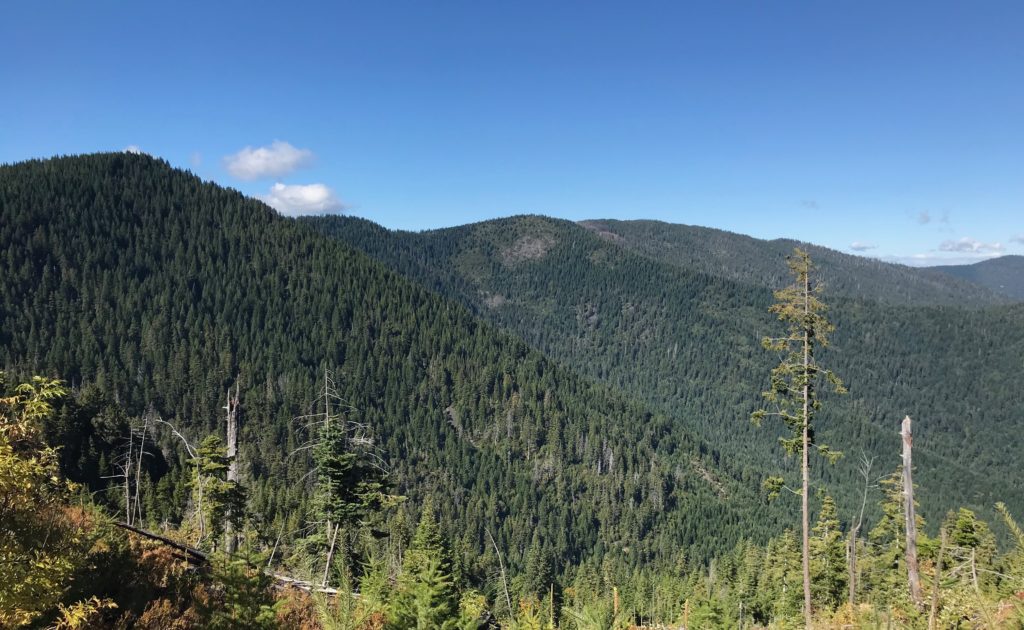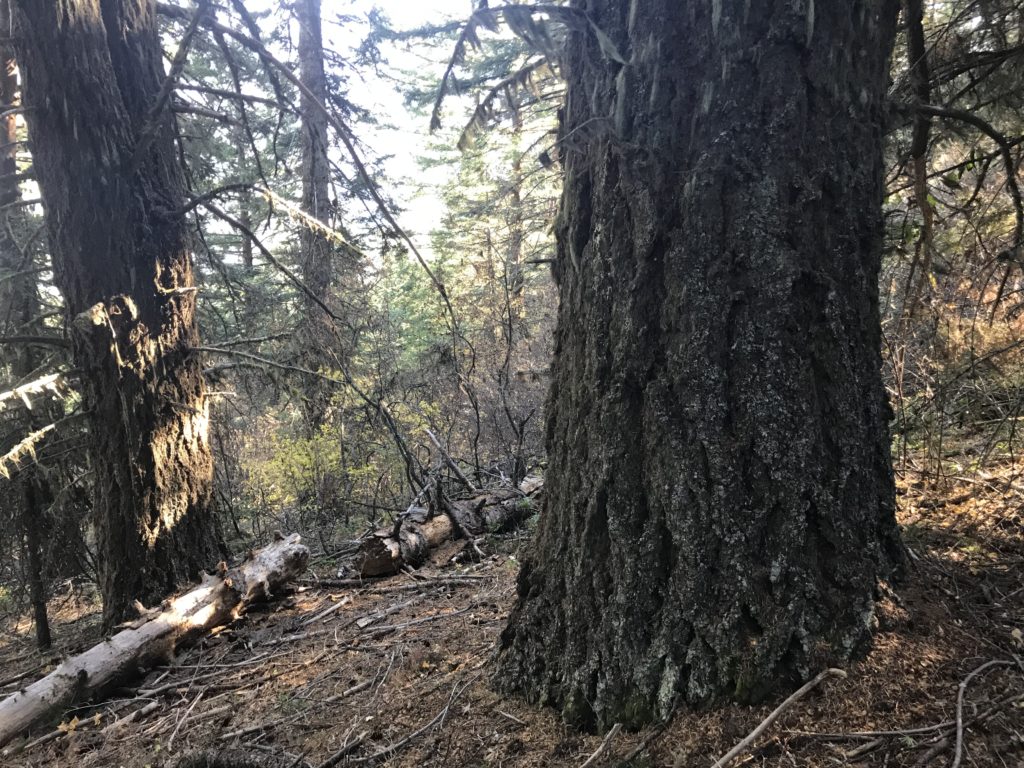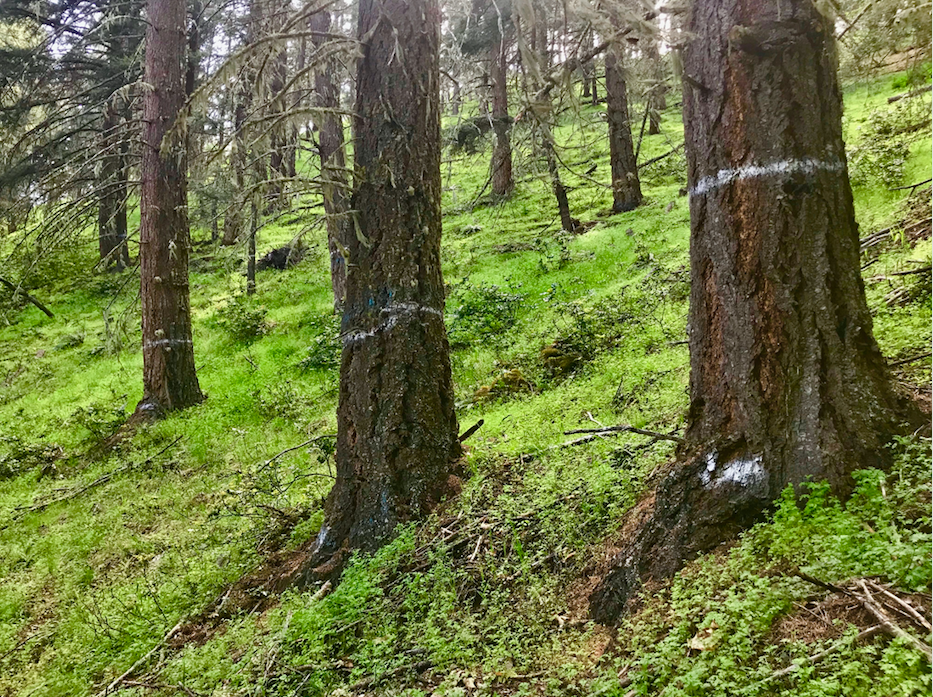
After months of anticipation the Medford District Bureau of Land Management (BLM) has released the Environmental Assessment (EA) for the Bear Grub Timber Sale. Under the current proposal, the BLM plans to log between 1,034 and 1,445 acres in the region between Phoenix and Talent in the Rogue Valley, and Ruch in the Applegate Valley. According to BLM estimates the project would fill up to 3,222 log trucks of merchantable timber. The timber sale includes beautiful forests along the extremely popular East Applegate Ridge Trail, in the Wellington Wildlands, on Woodrat Mountain, Anderson Butte in the Little Applegate and Bald Mountain at the headwaters of Wagner Creek.
Despite the misleading rhetoric of the BLM, the Bear Grub Timber Sale is not restoration or fuel reduction. In fact, the project will log and produce timber at the expense of ecological, recreational, scenic and local economic values. Located near many homes and communities, this project will also significantly increase fire hazards and threaten our communities by removing large, fire resistant trees, dramatically reducing overstory canopy, desiccating forest stands and encouraging the development of dense, highly flammable, young trees and shrubs.
The newly released Bear Grub EA confirms what ANN has been observing throughout this process, that the BLM has abandoned meaningful community involvement and substantive environmental review. Designed around new Trump Administration NEPA standards intended to expedite project approval and minimize public input, no attempt was made by BLM to reach out to affected communities before release of the EA.
The analysis portion of the EA consists of a mere 79 pages, approximately half of what was has been the norm, and fails to adequately address many relevant concerns, including the affects of group selection logging on fuel loading, fire resistance, wildlife habitat and scenic values. The EA also confirms that extensive industrial logging is proposed to occur throughout the Bear Grub Planning Area, including significant canopy cover reductions requiring the removal of large, fire resistant overstory trees. Additionally, the BLM admits in the EA that project prescriptions that include extensive canopy removal, “could result in more rapid rates of surface fire spread in surface fuel models (Bear Grub EA P. A-98).”
The proposal includes heavy “selection” and “group selection” logging that would retain as little as 25% canopy cover. Group selection logging removes whole groves of mature, fire resistant forest by creating staggered clearcuts of up to 4 acres where complete or near complete tree removal is proposed. These staggered clearcuts could occur on up to 30% of a forested stand, creating forest fragmentation, increasing fire hazards, and reducing habitat values for species like the Northern spotted owl and the Pacific fisher.
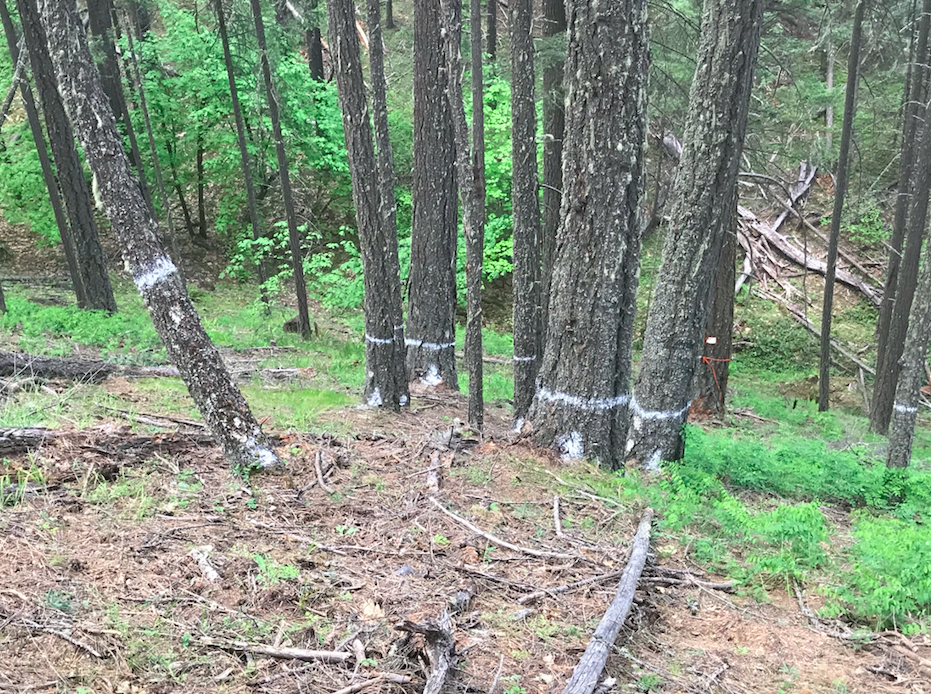
Now that the EA is released, the BLM will be accepting public comment until July 13, 2020. ANN has been organizing local opposition to the Bear Grub Timber Sale and we need your support. Help us protect Wellington Wildlands, the East Applegate Ridge Trail and the beautiful forests of the Applegate Valley. Please comment on the Bear Grub Timber Sale.
BLM will be holding two separate virtual meetings about the Bear Grub Timber Sale on June 23 and June 25. Please consider signing up for these meetings and be ready to express your concerns with the Bear Grub Project. To register for a meeting, please email to BLM_OR_AFO_VMP@blm.gov, subject line “Registration and Questions”.
Click on the following link to take action and comment on the Bear Grub Timber Sale:
https://ann.secure.force.com/petition?pid=bgcomments
For the biggest impact and to ensure that BLM adequately considers your comments, please personalize this form letter. Take a few minutes to let BLM know specifically why you value these forests and why you are concerned about the Bear Grub Timber Sale. The information below is intended to help inform your comments. Please comment now!
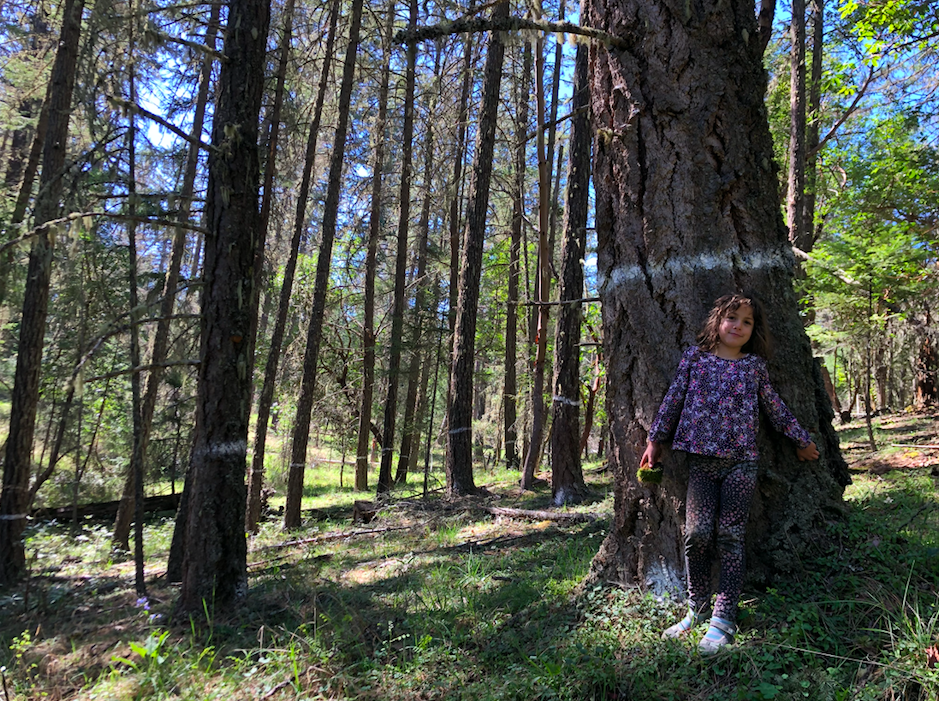
Bear Grub Timber Sale Issues, Concerns & Talking Points
- Cancel the Bear Grub Timber Sale. The commercial portions of the Bear Grub Timber Sale will impact wildlife, fragment forest habitats, increase fire hazards, degrade scenic and recreational values, reduce our forest’s ability to sequester carbon and mitigate the effects of climate change.
- Cancel all timber sale units in the 7,526-acre Wellington Wildlands, , 16-2C, 16-2D, 16-3, 17-1, & 17-3.
- Cancel all timber sale units on or near the East Applegate Ridge Trail, including units: 13-1, 13-3, 13-4, 13-5, 13-6, 13-7, 13-10A, 13-10B, & 14-2.
- Cancel timber sale units on Bald Mountain (a proposed Area of Critical Environmental Concern), including units 21-2, 27-4, & 27-8.
- Cancel all group selection logging. This form of incremental clearcut logging will increase fire hazards, degrade forest habitats and impact important recreational values.
- Implement a 20″ diameter limit to protect large, fire resistant trees, old forest habitats, and maintain canopy conditions important for Northern spotted owls, Pacific fishers, and to suppress understory fuel loading.
- Maintain all Northern spotted owl habitat by retaining large trees and canopy cover.
- Build no new roads, either temporary or permanent.
For more information: stopbeargrub.org
For information on specific Bear Grub Timber Sale units follow the links below:
The Bear Grub Timber Sale and the Wellington Wildlands
Bear Grub and the Bigger Picture on BLM Lands
Bear Grub Timber Sale: Bald Mountain Units
Bear Grub Timber Sale: Save the East Applegate Ridge Trail from logging!
Wellington Wildlands still threatened by the Bear Grub Timber Sale
